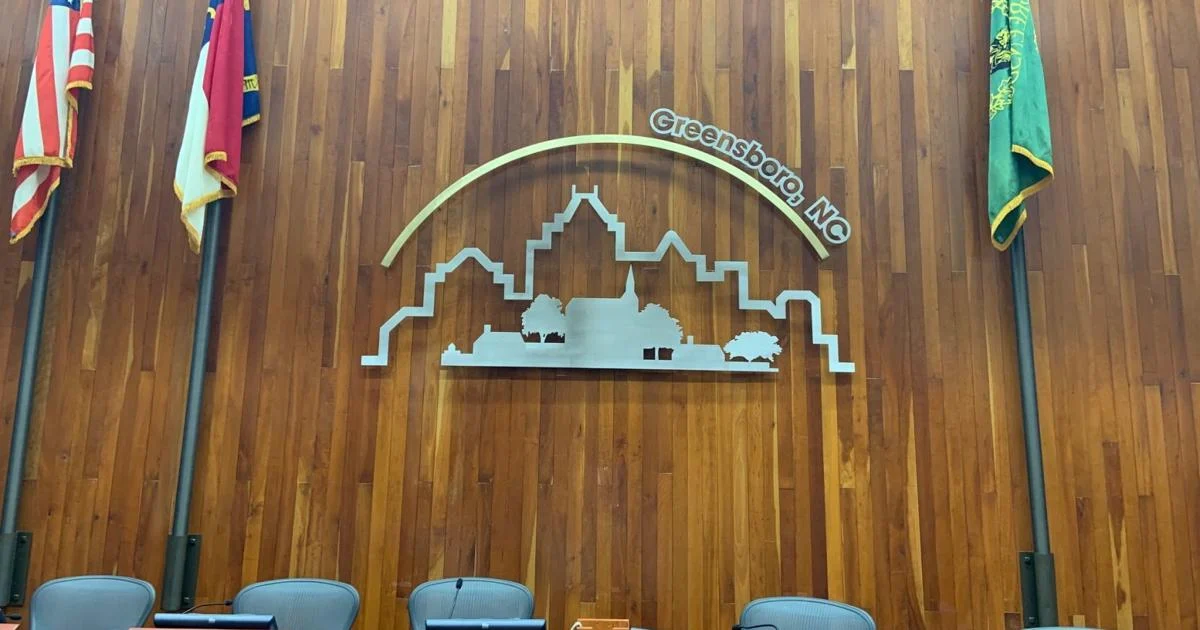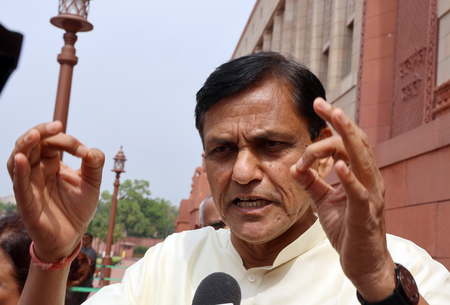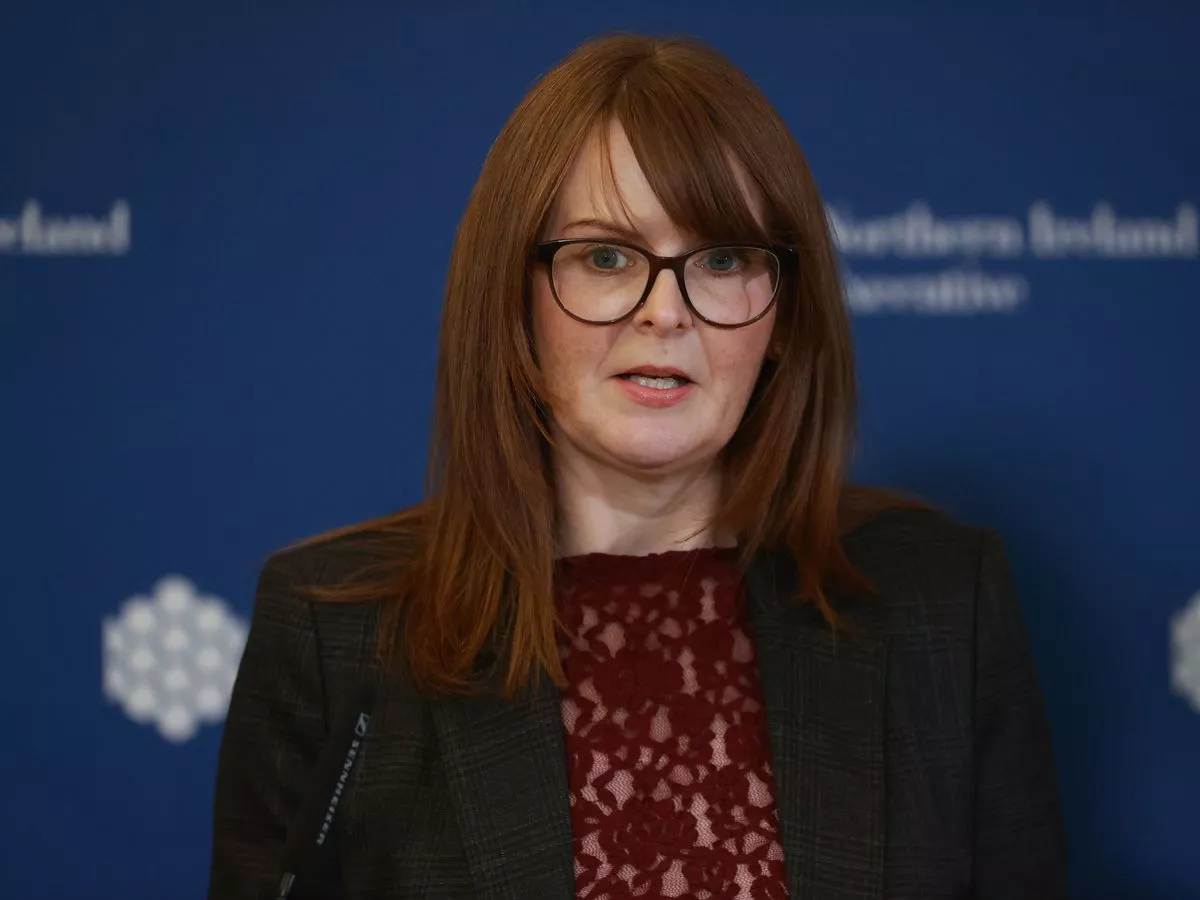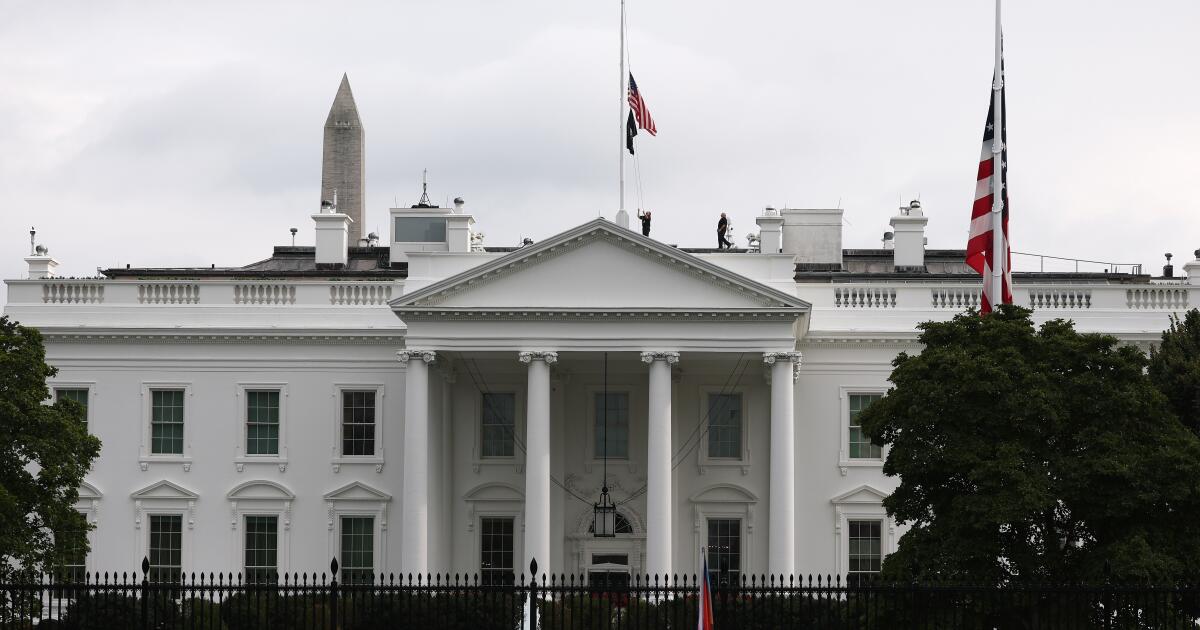
The News & Record reached out to candidates running for the three at-large seats on the Greensboro City Council to get their views on the city’s housing policy.
Nine of the ten candidates in the at-large field – all except for Samuel Hawkins – provided responses.
Early voting in the primary runs through Saturday. The primary day is Tuesday.
Irving Allen
Do you support City Manager Trey Davis’ plan for adding 10,000 new homes by 2030? Why or why not?
Yes, but it’s just a start.
We need to ensure these 10,000 homes include affordable units for working families, seniors and young people.
I support the goal but believe it must be paired with zoning reforms, stronger tenant protections, and incentives for nonprofit and community land trust development to ensure long-term affordability.
What specific steps would you take to ensure Greensboro has housing that is affordable for middle-class and working people?
I’d expand the city’s Affordable Housing Fund and direct more resources to rehab existing housing stock, support down-payment assistance and invest in community-led development.
I’d also support a local rental registry and strengthen code enforcement to hold landlords accountable.
Most importantly, I’d prioritize public land for affordable housing projects and work to ensure city-funded development serves local residents, not just outside investors.
Members of the current council have said the city will need to increase density across the board in order to overcome the housing shortage. Do you agree? Why or why not?
Yes, with equity at the center.
Increasing density is necessary, but we must make sure it doesn’t lead to displacement or gentrification.
I’d support a more gentle approach like duplexes and (Accessory Dwelling Units), especially in high-opportunity areas and near transit, while also protecting historically Black neighborhoods from predatory development through anti-displacement strategies.
Richard Beard
Do you support City Manager Trey Davis’ plan for adding 10,000 new homes by 2030? Why or why not?
I support. Greensboro has a critical shortage of all classes of housing.
We need to aggressively pursue more than 10,000 new housing units to prepare for the growth we will have very soon. It is imperative these individuals choose Greensboro to live.
Otherwise, they will live in outlying areas, yet use our great assets like Tanger Center, our Coliseum Complex, our parks, all of which are solely funded by the taxpayers of Greensboro.
What specific steps would you take to ensure Greensboro has housing that is affordable for middle-class and working people?
Greensboro needs to be more effective in working with developers in the housing sector. We need to expand our infrastructure to areas where land is available for development.
Rising housing costs is increasing real estate assessments every four years and increasing taxes. We must control spending and control tax increases, both which affect total housing costs to everyone.
Members of the current council have said the city will need to increase density across the board in order to overcome the housing shortage. Do you agree? Why or why not?
While working for the Greensboro Chamber in the late 1990s, the debate was over sprawl. Now, the debate is over no dense development.
We must collaborate to find suitable developments to overcome our critical housing shortage and create areas that are walkable and vibrant.
T. Dianne Bellamy-Small
Do you support City Manager Trey Davis’ plan for adding 10,000 new homes by 2030? Why or why not?
Yes, I support the goal, provided it includes true affordability, homeownership opportunities and options in walkable, well-connected areas.
Affordability must be defined by local income levels.
What specific steps would you take to ensure Greensboro has housing that is affordable for middle-class and working people?
I would expand down payment assistance, enforce code standards for rentals, promote tiny homes and shared housing, and reduce red tape for affordable infill development.
Do you agree with increasing density to overcome the housing shortage?
Yes, where appropriate.
Density near jobs, transit, and amenities makes sense. But it must be paired with smart planning, community input and infrastructure improvements.
Carla Franklin
Do you support City Manager Trey Davis’ plan for adding 10,000 new homes by 2030? Why or why not?
I do not support the current version of the 10,000-home plan because it lacks the depth, specificity and implementation framework needed to address Greensboro’s urgent housing crisis.
While the intent is commendable, the approach falls short — especially considering Greensboro will need five times that number of new homes over the next five years.
We must move further and faster.
First, the city needs to conduct more rigorous due diligence using real-world benchmarks.
Cities like Charlotte, Nashville and Atlanta have implemented modern development approval systems and strategic infrastructure investment plans to support rapid growth. Greensboro should do the same.
Second, I propose an Expeditor Process — modeled after programs in the Northeast and Dallas, Texas — that assigns dedicated case managers to large or complex housing developments to accelerate permitting, zoning and utility coordination.
This has reduced project timelines by up to 50% in other cities. We should also include metrics such as IRR, tax base impact and return on public investment.
Finally, any plan must include strong coordination with public services — like fire, police, and schools — so that new housing does not overwhelm existing systems.
We must also create a dedicated infrastructure fund tied to residential development, so that growth is not subsidized by residents in already underserved areas.
Simply setting a number like “10,000 homes” without a rigorous plan and performance metrics won’t solve our problems. We need bold, data-driven leadership to meet the demand for over 152,000 new housing units that the Triad’s job growth trajectory will require.
What specific steps would you take to ensure Greensboro has housing that is affordable for middle-class and working people?
To ensure affordable housing for middle-class and working families, I would push for a comprehensive modernization of Greensboro’s housing development process.
First, we must adopt a Zoning Expeditor Program, modeled after successful examples in NYC, Charlotte, and Nashville.
These programs drastically reduce permitting delays by assigning city staff to work one-on-one with developers, accelerating the review process and reducing holding costs—which are often passed on to renters and buyers.
Second, we need to update antiquated zoning codes to allow for mixed-use and missing-middle housing (duplexes, triplexes, and townhomes) in areas where single-family zoning dominates.
Cities like Minneapolis and Raleigh have done this to great effect, increasing housing availability without radically altering neighborhood character.
Third, I would propose a workforce housing incentive program that provides modest tax rebates or density bonuses to developers who build homes priced for teachers, firefighters, and other essential workers earning between 60–120% of the area median income.
This group is often priced out under the current system but earns too much to qualify for traditional low-income subsidies.
Finally, I would work with local banks and credit unions to expand down payment assistance programs and first-time homebuyer education—helping renters transition into stable homeownership.
These are practical, scalable solutions that have worked elsewhere, and I will bring them to Greensboro.
Members of the current council have said the city will need to increase density across the board in order to overcome the housing shortage. Do you agree? Why or why not?
Yes, I agree that increasing housing density is an essential part of solving Greensboro’s housing shortage — but it must be done thoughtfully and strategically.
Blanket upzoning without infrastructure planning risks straining public services. However, targeted increases in housing density — especially near transit corridors, employment hubs, and schools — can make our city more livable, affordable and environmentally sustainable.
Greensboro’s population is growing, and we are expecting tens of thousands of new jobs from companies like Toyota, Boom Supersonic and Publix. Yet we lack the housing inventory to support this economic growth.
Studies show that cities that fail to increase housing density during economic expansion see skyrocketing rents, rising homelessness and increased traffic congestion. We are already experiencing early signs of these trends.
I would champion a Growth Node strategy: identify 8–10 areas across Greensboro where we proactively encourage higher-density development, paired with infrastructure upgrades, faster permitting, and incentives for workforce housing.
This model has worked in Nashville and Charlotte and would allow Greensboro to grow in a planned, balanced way.
Higher density doesn’t mean high-rise apartments on every block — it means more duplexes, small multifamily units and mixed-use development that fits our community character.
Done right, it can stabilize rents, reduce sprawl, and create walkable communities that benefit everyone.
LaToya Gathers
Do you support City Manager Trey Davis’ plan for adding 10,000 new homes by 2030? Why or why not?
I support City Manager Trey Davis and the Road to 10,000 plan.
Greensboro needs more housing, especially for middle-class and working families.
I would push for zoning reforms to allow mixed-income developments, expand down payment assistance, and incentivize affordable housing through tax credits.
Increasing density is necessary — smart infill development can preserve neighborhood character while meeting demand.
What specific steps would you take to ensure Greensboro has housing that is affordable for middle-class and working people?
To ensure Greensboro has housing that’s truly accessible to middle-class and working families, I would prioritize mixed-income development and expand down payment assistance programs.
We must work with developers to create housing that doesn’t just meet minimum affordability thresholds but reflects the actual wages of our residents.
I support leveraging federal tools like the Low-Income Housing Tax Credit and expanding partnerships with the Greensboro Housing Authority to build more income-based units.
I’d also advocate for streamlining permitting for affordable projects and increasing funding for housing rehabilitation to preserve existing stock. Housing should be a right—not a privilege tied to zip code.
Members of the current council have said the city will need to increase density across the board in order to overcome the housing shortage. Do you agree? Why or why not?
Yes, I agree that increasing density is necessary to overcome Greensboro’s housing shortage—but it must be done thoughtfully.
Blanket upzoning without community input risks displacement and eroding neighborhood character.
I support targeted density increases near transit corridors, job centers and schools, paired with infrastructure upgrades and green space preservation.
We must also ensure that new developments include affordable units and reflect the needs of families, seniors and individuals with disabilities.
Density isn’t just about more buildings — it’s about smarter, inclusive growth that strengthens communities.
Hugh Holston
Do you support City Manager Trey Davis’ plan for adding 10,000 new homes by 2030? Why or why not?
Yes, I support The Road to 10,000.
The simple reason is that even before the recent economic development success of Toyota, Boom Supersonic, JetZero, etc, we were already experiencing a lack of housing stock.
Some estimates are that we were technically 33,000 housing units short. Now, just with the addition of the estimated 14,560 new jobs offered by JetZero, the shortfall increases to almost 48,000 shortfall.
So, yes, we need more housing stock and The Road to 10,000 brings that need to light in a public way. It creates a shared responsibility and synergy of all who reside in Greensboro, not just the focus of city council and staff.
What specific steps would you take to ensure Greensboro has housing that is affordable for middle-class and working people?
To address affordability, we need to address the issue of supply and demand in our housing supply.
When supply is down (as it is) and demand is high, then prices rise. Some specific steps to address supply and affordability are:
THE ROAD TO 10,000 – Bringing general awareness of the need to build more housing stock to close the gap between supply and demand is important. Community buy-in is critical.
CREATE MORE DEVELOPERS – Whether the housing target is 10,000, or 33,000 or 48,000, we are going to need an increased number of developers to initiate housing projects across our great city, especially in historically neglected communities. I support one such initiative referred to as the Guilford County Homeownership Pipeline Project’s (GCHPP) Developer Capacity Building Program (DCBP). The DCBP is hosted by the Institute of Community Development Initiative (ICDI) and recently graduated its second cohort who will provide our city with a pipeline of developers and contractors needed to help sustain our housing growth needs.
DOWN PAYMENT ASSISTANCE INCREASES– At the same time that housing costs have risen, wages and household wealth have not kept up the pace. This creates the situation where the borrower may not have enough cash to close simply because of inflation. Recognizing this affordability issue, city council recently increased funding for the Homebuyer Assistance Program by adding $500,000, bringing the total to $1.5 million. The maximum assistance for first-time homebuyers was doubled from $10,000 to $20,000. Low-income buyers can get an additional $10,000 and public service employees can receive an additional $5,000. Buyers in targeted redevelopment areas can receive up to $30,000 in total assistance.
Members of the current council have said the city will need to increase density across the board in order to overcome the housing shortage. Do you agree? Why or why not?
Yes. I have stated that we need to increase density across our entire city to help overcome our housing shortage. When density and development are challenged, it is not necessarily in opposition to density or development.
Instead, the opposition is primarily to density and development in their neighborhood/community; this opposition is commonly referred to as NIMBYism (Not In My Back Yard).
To combat our housing shortages, we must set a path towards housing density and development in all five city council districts.
Housing density means having a variety of housing types and styles to include rental, for sale, mixed-use, mixed income attainability, multi-family, senior housing, etc.
Housing density also means developing in-fill lots so that unsightly, unsafe neighborhood blights are erased and communities can begin to thrive again.
We should not concentrate one type of housing in any community, such as low-income. Affordable housing options should be available all across the city.
Housing density does not mean inferior quality, standards, or an increase in crime.
Michael McKinney
Do you support City Manager Trey Davis’ plan for adding 10,000 new homes by 2030? Why or why not?
Greensboro needs a diverse housing mix of apartments, townhomes and single-family homes at price points accessible to teachers, first responders, and middle-income workers.
While recent projects help, we must prioritize mixed-income development through transit-oriented density, zoning reforms and developer incentives.
This balanced approach prevents displacement, meets income demand, and ensures equitable growth. Let’s build a city where everyone from service workers to professionals can afford to live and thrive.
What specific steps would you take to ensure Greensboro has housing that is affordable for middle-class and working people?
To ensure affordable housing for working families, Greensboro must take bold action.
First, boost supply by incentivizing mixed-income developments, fast-tracking permits and transforming city-owned land into affordable units.
Second, the city should continue to assist residents through expanded rent relief, down payment help and community land trusts.
Finally, outdated policies should be reformed by legalizing duplexes/triplexes and requiring affordable units in new developments.
This three-part strategy: building more, helping families and relaxing regulations where possible creates lasting solutions without displacing our neighbors.
Members of the current council have said the city will need to increase density across the board in order to overcome the housing shortage. Do you agree? Why or why not?
Yes, I agree. Greensboro isn’t making any more land, so we must be innovative and strategic about using our space.
That means embracing increased density — not just in one part of the city, but across the board.
We must look seriously at infill development, encourage accessory dwelling units (ADUs), and adopt a “Yes in My Backyard” mindset.
Increasing density doesn’t mean sacrificing quality of life; it means creating walkable, vibrant neighborhoods where people of all incomes can live near jobs, schools, and transit.
Done right, it helps us address the housing shortage, supports local businesses, and reduces sprawl and infrastructure costs. This is about building a more inclusive, sustainable Greensboro for everyone.
Jamilla Pinder
Do you support City Manager Trey Davis’ plan for adding 10,000 new homes by 2030? Why or why not?
I support City Manager Trey Davis’ plan to add 10,000 new homes by 2030 as a necessary step to address Greensboro’s housing shortage.
This ambitious goal recognizes both the growing demand and the critical need for more housing stock. However, simply building new units is not enough.
We must also prioritize the rehabilitation and preservation of existing homes to maintain neighborhood stability and protect the character of our city.
My support is contingent on ensuring a significant portion of these new homes are truly affordable for middle-class and working families.
Equally important is strategically locating development so it reduces displacement and integrates seamlessly into existing communities.
By combining new construction with the renovation and preservation of current housing, Greensboro can grow in a way that is affordable, sustainable, and inclusive.
This balanced approach will ensure we meet today’s housing needs while safeguarding the history and identity of our neighborhoods for future generations.
What specific steps would you take to ensure Greensboro has housing that is affordable for middle-class and working people?
To expand affordable housing for middle-class and working families, I will work to increase investment in the Affordable Housing Fund and pursue new funding streams.
Incentivizing developers through density bonuses, tax abatements and mixed-income projects will help deliver truly affordable units.
Preserving existing housing is crucial, so I support rehabilitation programs and anti-displacement policies.
Streamlining permitting can lower costs and speed construction. Additionally, I will prioritize education and outreach, providing residents with clear, digestible information about housing opportunities and resources.
Finally, promoting community land trusts and down payment assistance programs will expand homeownership and ensure stable, affordable housing across Greensboro.
Members of the current council have said the city will need to increase density across the board in order to overcome the housing shortage. Do you agree? Why or why not?
I agree that increasing density will be a necessary part of overcoming Greensboro’s housing shortage, but it must be done thoughtfully rather than applying a one-size-fits-all approach.
Embracing gentle density, such as duplexes, triplexes, accessory dwelling units and townhomes, especially along transit corridors and in areas with existing infrastructure, can create more housing options, reduce urban sprawl, and support walkable neighborhoods.
It is important that this growth balances neighborhood preservation and includes meaningful community input.
Thoughtful infill development and sensitive design can add diverse housing types without sacrificing the unique character and history of our neighborhoods.
The goal is to provide a range of housing choices that meet demand while respecting the fabric of Greensboro’s communities.
Denise Turner Roth
Do you support City Manager Trey Davis’ plan for adding 10,000 new homes by 2030? Why or why not?
Yes, I support the city manager’s plan as a critical first step toward meeting Greensboro’s long-term housing needs.
But we also have to recognize that our actual projected need exceeds 30,000 homes across a range of income levels. That means 10,000 units is necessary but not sufficient.
Our housing strategy must address the full spectrum — from market-rate to workforce and deeply affordable housing — and ensure homes are being built in the right places, at attainable price points, and with infrastructure that supports thriving neighborhoods.
That includes public safety infrastructure, roads, schools, water, and transit.
We can reach these goals through strong partnerships with the development community, nonprofits, and financial institutions, and by streamlining regulatory barriers that slow down delivery.
I’d also like to see more collaboration with mission-driven developers and clearly defined milestones that track outcomes for middle- and working-class families.
To be successful, we need clarity of vision, consistency in process, and a shared commitment to build for both scale and livability.
What specific steps would you take to ensure Greensboro has housing that is affordable for middle-class and working people?
Increasing overall supply is key. This means creating the conditions for more housing production — through streamlined approvals, strategic zoning, and incentives where needed.
But we also must ensure a portion of that supply is truly attainable for working families.
I would support targeted tools like down payment assistance, gap financing for mixed-income developments and preserving existing housing stock.
My goal is not to tilt the scale toward one sector, but to build a housing ecosystem that works — and grows — for everyone.
Members of the current council have said the city will need to increase density across the board in order to overcome the housing shortage. Do you agree? Why or why not?
I agree that increased density — done thoughtfully — is part of the solution. But it is not just about density for density’s sake.
We need to ensure that our infrastructure, schools and transit can support it, and that community voices help shape how growth occurs.
Strategic infill, mixed-use development, and greater flexibility in zoning can help us grow responsibly without unintended consequences.
A one-size-fits-all approach will not get us there — but intentional, well-planned density can.
kevin.griffin@greensboro.com
Get Government & Politics updates in your inbox!
Stay up-to-date on the latest in local and national government and political topics with our newsletter.
* I understand and agree that registration on or use of this site constitutes agreement to its user agreement and privacy policy.
Kevin Griffin
Get email notifications on {{subject}} daily!
Your notification has been saved.
There was a problem saving your notification.
{{description}}
Email notifications are only sent once a day, and only if there are new matching items.
Followed notifications
Please log in to use this feature
Log In
Don’t have an account? Sign Up Today



